
New headquarters of the Springer publishing house in Berlin - winning project
At the end of last year, a trio of designs by Rem Koolhaas, Bjarke Ingels, and Ole Scheeren was selected in the second round of the architectural competition for the new headquarters of Axel Springer. In mid-March, the winning project was announced in Berlin, where the teacher triumphed over his two students, confirming the fact that Koolhaas understands his Berlin.
Rem Koolhaas, fascinated by the Berlin Wall, prepared materials for his diploma project at AA in the 70s, and near Checkpoint Charlie, he built his first residential building in the late 80s. With the arrival of the new millennium, he presented his retrospective exhibition Content at the Mies van der Rohe Gallery. Ten years ago, he completed the building of the Dutch Embassy on the banks of the Spree, which quickly won the Mies van der Rohe Prize.
The new Springer-Campus headquarters is expected to be built over the next decade behind the existing high-rise building of Springer, located on the border of Berlin's Kreuzberg and Mitte districts. In the past, the Berlin Wall ran through here: the original headquarters is located in former West Berlin, while the new headquarters is to be built in the former communist part of Berlin.
The new headquarters is meant to reflect the transformation from an analog publishing house to a digital one, transitioning into a new internet age. The main idea was to create a single central space where all employees, mostly working individually at their computers, could meet together. In response to Springer’s questions about what journalism work would look like, Koolhaas, who was originally also a writer, proposed a tiered communication landscape with a quarter of informal meeting places.
Koolhaas is one of the most successful architects in the media field, operating on both sides and many fronts. At Springer, calling for a radical transformation of the way journalists work and longing for iconic architecture, they couldn't have made a better choice.
More information >
Rem Koolhaas, fascinated by the Berlin Wall, prepared materials for his diploma project at AA in the 70s, and near Checkpoint Charlie, he built his first residential building in the late 80s. With the arrival of the new millennium, he presented his retrospective exhibition Content at the Mies van der Rohe Gallery. Ten years ago, he completed the building of the Dutch Embassy on the banks of the Spree, which quickly won the Mies van der Rohe Prize.
The new Springer-Campus headquarters is expected to be built over the next decade behind the existing high-rise building of Springer, located on the border of Berlin's Kreuzberg and Mitte districts. In the past, the Berlin Wall ran through here: the original headquarters is located in former West Berlin, while the new headquarters is to be built in the former communist part of Berlin.
The new headquarters is meant to reflect the transformation from an analog publishing house to a digital one, transitioning into a new internet age. The main idea was to create a single central space where all employees, mostly working individually at their computers, could meet together. In response to Springer’s questions about what journalism work would look like, Koolhaas, who was originally also a writer, proposed a tiered communication landscape with a quarter of informal meeting places.
Koolhaas is one of the most successful architects in the media field, operating on both sides and many fronts. At Springer, calling for a radical transformation of the way journalists work and longing for iconic architecture, they couldn't have made a better choice.
More information >
The English translation is powered by AI tool. Switch to Czech to view the original text source.
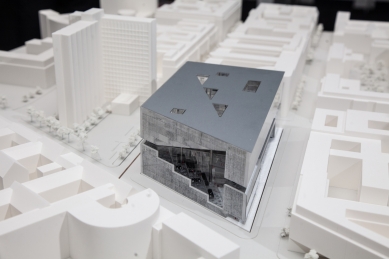
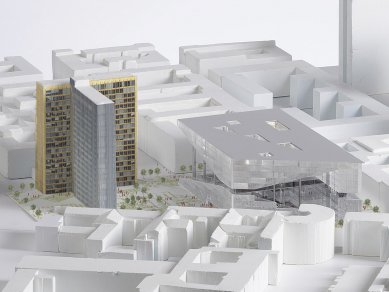
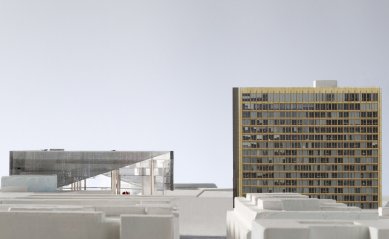

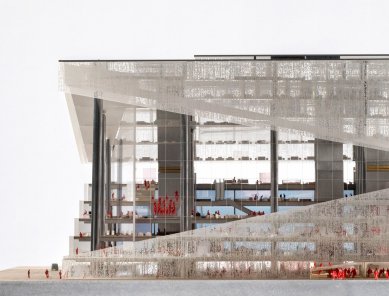
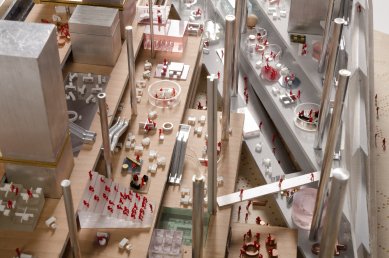
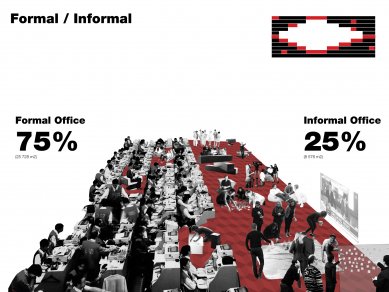
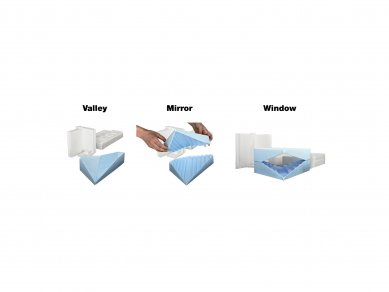
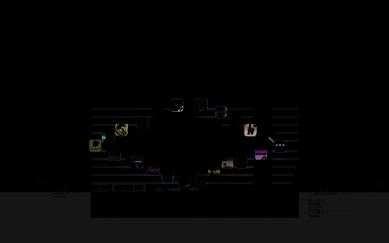
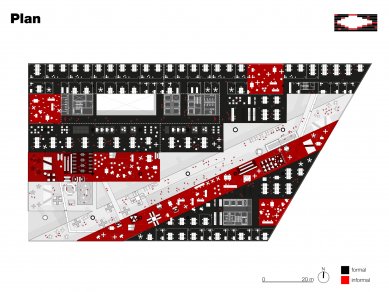
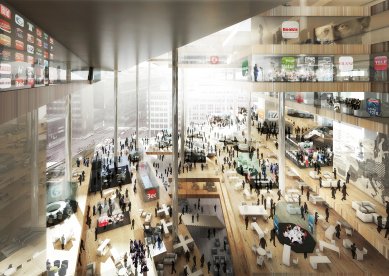
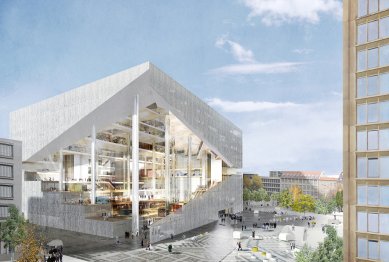
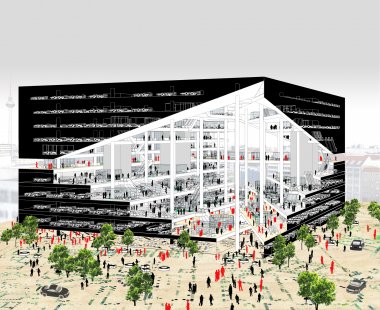
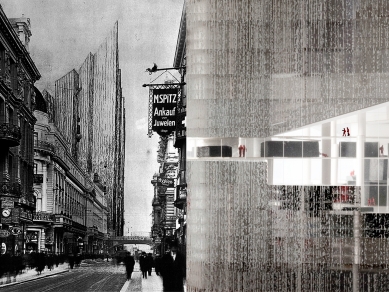
0 comments
add comment











